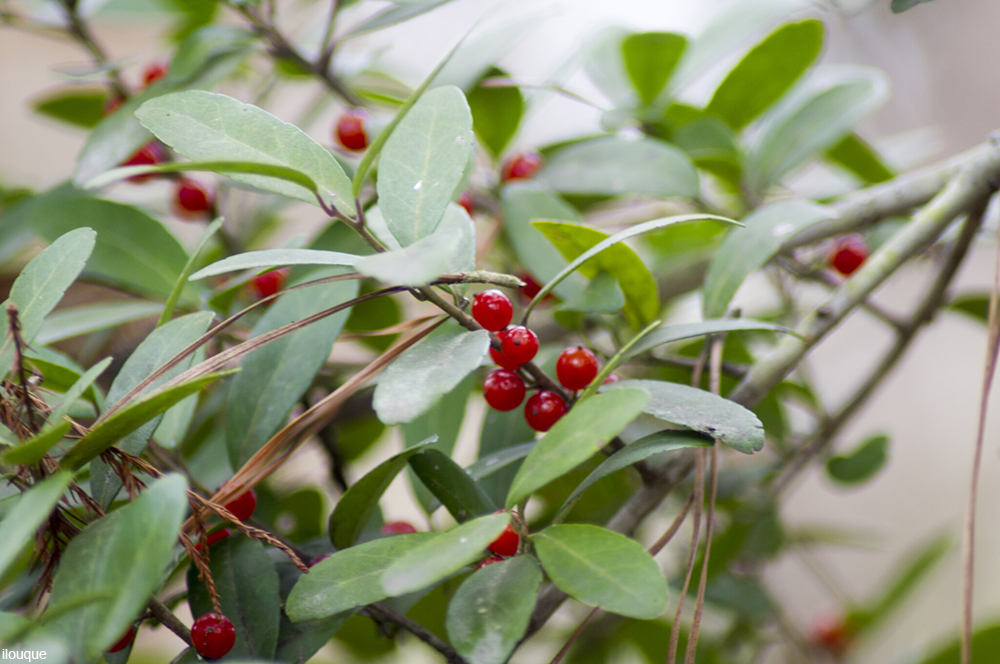The Silk Road is famously known as the gateway between the East and the West, opening up for Europe a world of fine textiles, teas, foods, and spices that they had never before seen. Many of these spices we’re still using to this day, although there a handful that most people alive right now would have no clue on how to use. These obscure herbs are missing from spice cabinets today, but in some cases you can still buy them if you look hard enough. But, in other cases we don’t even know which plants these herbs came from, such are the mysteries of time. Here are 5 spices of the ancient world that people no longer use today.

Long Pepper
Long pepper was the forerunner of the berries we use today as pepper. Long pepper comes from the plant, piper longium, which grows native in India. The spice was immensely popular with the ancient Romans and Greeks, but it was also expensive to import. When a cheaper substitution came along, the pepper berries we know today, the cooks of the ancient world jumped at the chance to capture that unique flavor at a discount.

Long pepper is said to have a more rounded flavor and long lasting heat than regular pepper, although both spices contain piperine, a chemical responsible for lighting up the body’s heat sensory processes.
Silphium
Once considered the ultimate aphrodisiac herb of Ancient Rome, this herb was so important that it featured on many coins of the era and in the writings of scribes. The stalks were eaten as a vegetable, the flowers used for perfume, and the juice of the plant drunk as an aphrodisiac.

Despite the popularity of silphium, scholars today don’t even know for certain which plant it came from, though there is speculation that it was a related to the Ferula genus of plants (parsley, dill, and chervil also belong to this group). The yellow-flowered herb, silphium, was said to have heart-shaped seeds, which many have rspeculated is the reason for our association of this shape with love today.
Hyssop
This slightly bitter herb was once believed not only to help cure coughs, colds, and ailments of the chest, but it was also used to season foods. This herb was in use for medicinal purposes in the ancient world, but by the medieval period it was being tossed into stews to flavor them.

Hyssop is related to mint and has a sweet smell to the flowers. It’s also used in perfumery. And, it was notoriously used for its licorice/mint flavor in making absinthe– the lush’s drink of choice in 19th century France.
Mugwort
There are many different varieties of mugwort, one of which is the psychoactive plant known as wormwood that was once used to give absinthe its distinctive properties. Today it’s outlawed most places, but stand-in relatives of the herb with simliar tastes are used in modern recipes of absinthe. The flavor of this herb bears a resemblance to anise.

In the old days mugwort was associated with the Greek goddess, Artemis, the deity of nature, hunting, and a protector of women giving birth.
Yaupon Holly
Pre-contact Native Americans were brewing and enjoying a caffeinated beverage made from the Yaupon holly plant. The beverage was known as “black drink” (and also as “cassina”).

This type of holly is native to the East Coast of the U.S., though traces of a similar drink have been found in Southwest Native American archaeological sites. The herb could have been traded across tribes, so popular was the drink.













